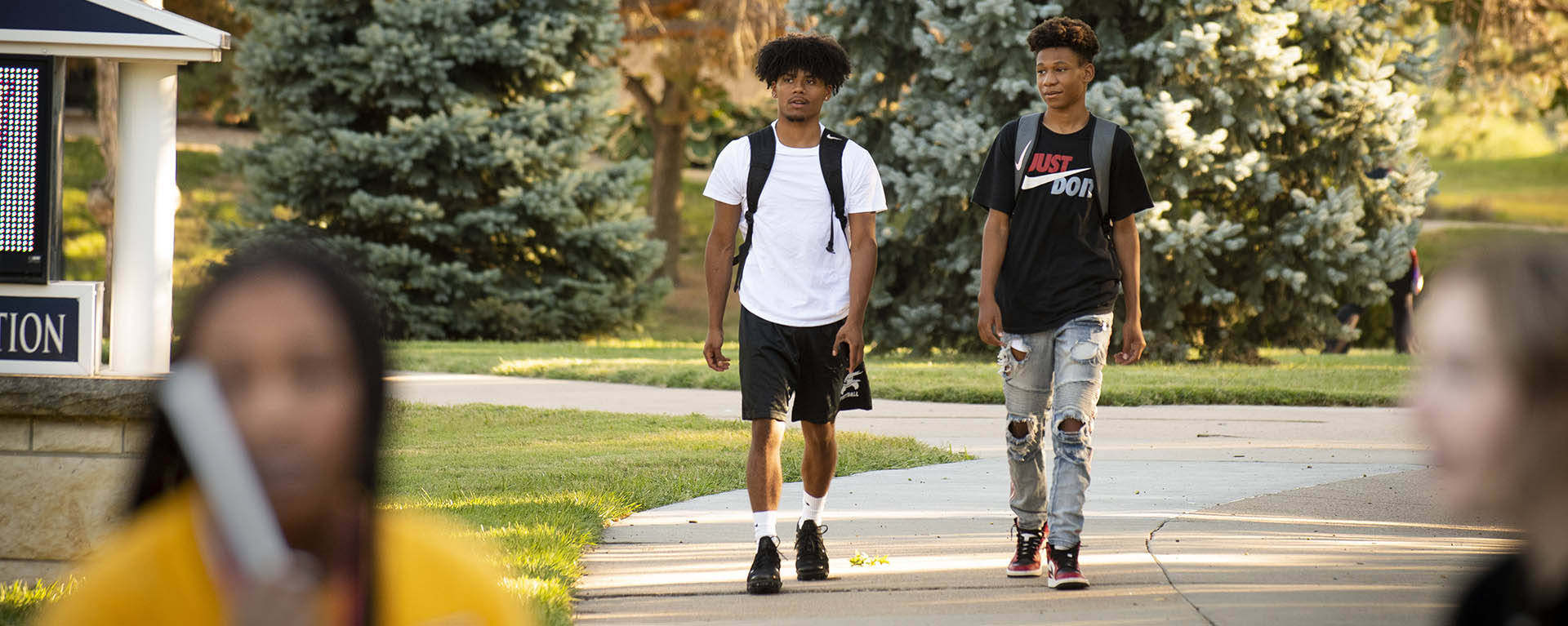
Frequently Asked Questions
- The Society of Diagnostic Medical Sonography (SDMS) defines sonography as diagnostic medical procedure that uses high frequency sound waves (ultrasound) to produce dynamic visual images of organs, tissues, or blood flow inside the body. This type of procedure is often referred to as a sonogram or ultrasound scan.
- Sonography can be used to examine many parts of the body, such as the abdomen, breasts, female reproductive system, prostate, heart, and blood vessels. Sonography is increasingly being used in the detection and treatment of heart disease, heart attack, and vascular disease that can lead to stroke.
- Please watch the SDMS career video for more information.
- The SDMS defines a diagnostic medical sonographer as a highly-skilled professional who uses specialized equipment to create images of structures inside the human body that are used by physicians to make a medical diagnosis. The process involves placing a small device called a transducer against the patient's skin near the body area to be imaged. The transducer works like a loudspeaker and microphone because it can transmit sound and receive sound. The transducer sends a stream of high frequency sound waves into the body that bounce off the structures inside. The transducer detects sound waves as they bounce off the internal structures. Different structures in the body reflect these sound waves differently. These sounds are analyzed by a computer to make an image of the structure(s) on a television screen or that can be stored.
- Sonographers have extensive, direct patient contact that may include performing some invasive procedures. They must be able to interact compassionately and effectively with people who range from healthy to critically ill.
The technical standards have been established through consideration by faculty and consultation with the following sources: The Vocational Rehabilitation Act; The Americans with Disabilities Act; Guide for Occupational Information; Dictionary of Occupational Titles; and the Occupational Skills Standards Project from the National Health Care Skills Standards Projects.
Please visit Essential Abilities to identify the technical standards appropriate to Diagnostic Medical Sonography.
The Commission on Accreditation of Allied Health Education Programs (CAAHEP) accredits programs upon the recommendation of the Joint Review Committee on Education in Diagnostic Medical Sonography (JRC-DMS).
JRC-DMS: 6021 University Blvd. Suite 5600, Ellicott City, MD 21043
Phone: 443-973-3251 Web: www.jrcdm.org
CAAHEP: 9355-113th St. N, #7709 Seminole, FL 33775
Phone: 727-210-2350 Web: www.caahep.org
- Cardiac = 12 months
- Vascular = 12 months
- Abdominal Extended and OB/GYN = 12 months
The programs begin in August every year. Application deadline is February 1.
Each student will start out in one specialty. Students are welcome to pursue whatever other specialty we offer in the program after completion of the first specialty if they choose to do so. Finding an appropriate clinical site for this additional specialty is still required.
Clinical sites are located throughout the United States and occasionally Canada. Most of our clinical sites change on a yearly basis due to the change in location of students. We do not provide a list of former clinical sites due to the continual changes in locations of applicants.
No, there is no application fee for the university application or the sonography application.
The clinical portion of this program is 24 hours per week for the entirety of the program. Time spent on coursework varies with how many credit hours are required and the study habits of the student. Course schedules are listed on this website which lists how many credit hours are required each semester.
Students receive a certificate after completion of each specialty in the program. Many students who wish to pursue a Bachelor’s degree do so at Washburn through our BHS program.
An average class is between 30 and 35 students each year. This number is subject to change.
GET IN TOUCH WITH Department of Allied Health
Allied Health Department
School of Applied Studies, Room 201
1700 SW College Ave.
Topeka, KS 66621
Phone & Email
785.670.2170
allied-health@washburn.edu

